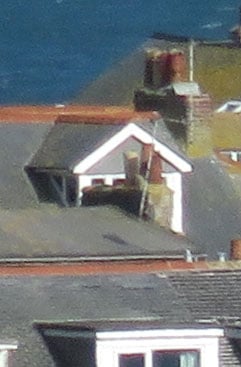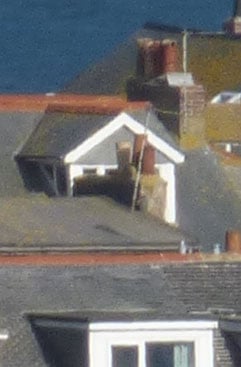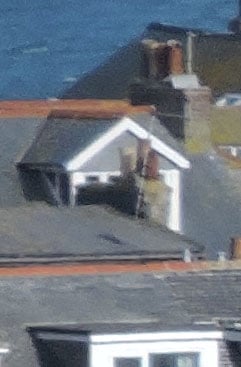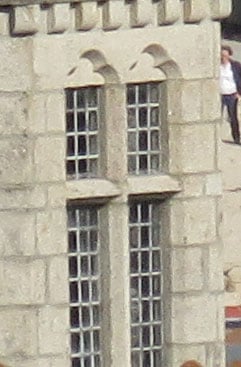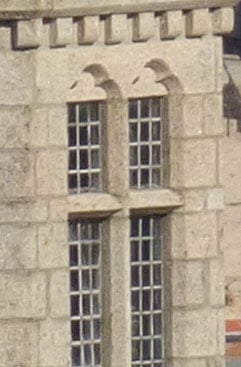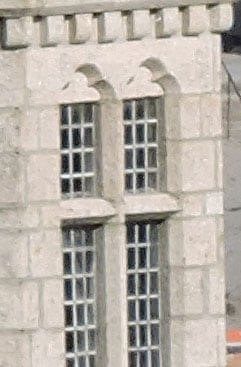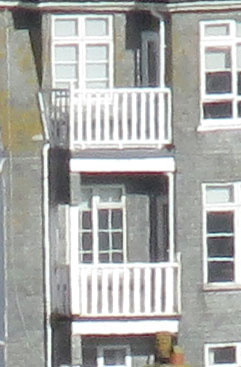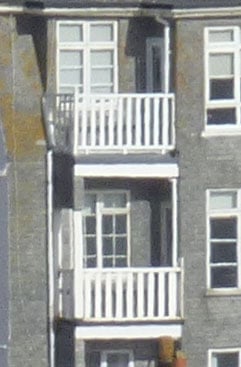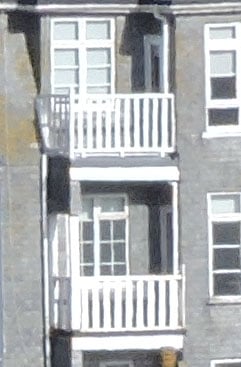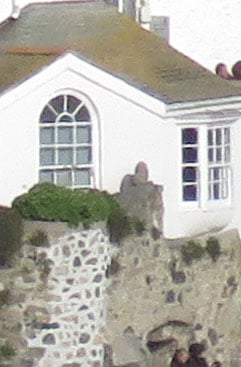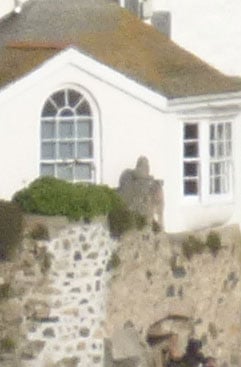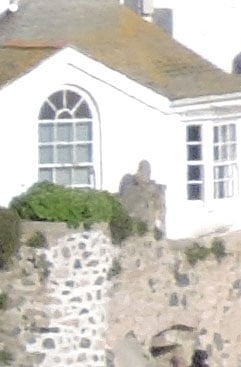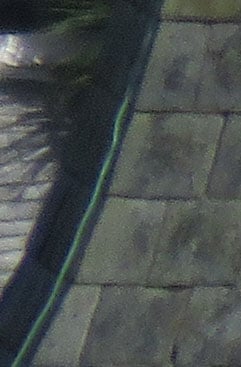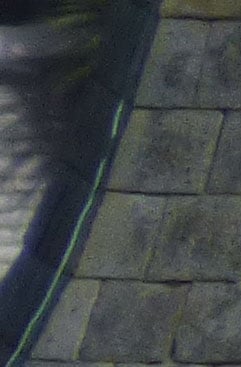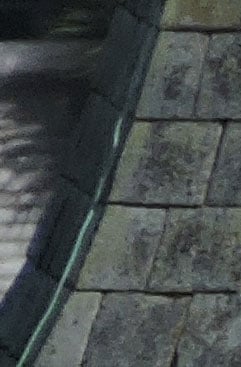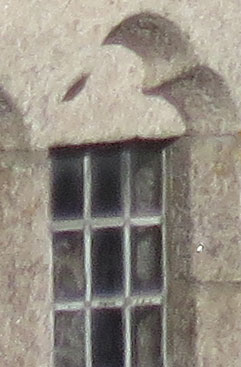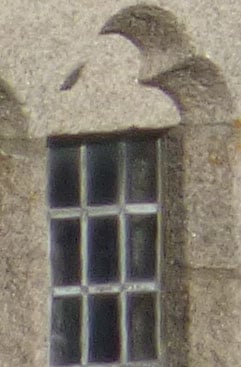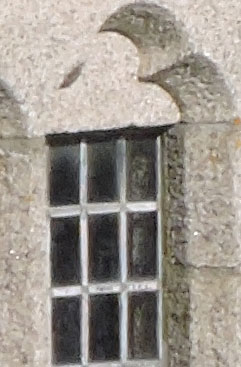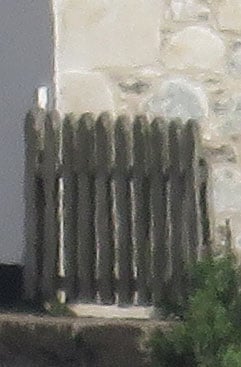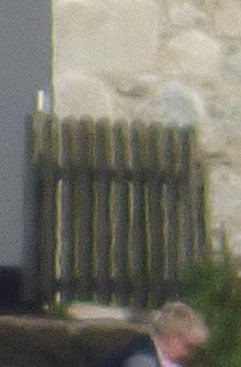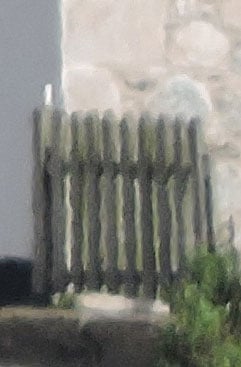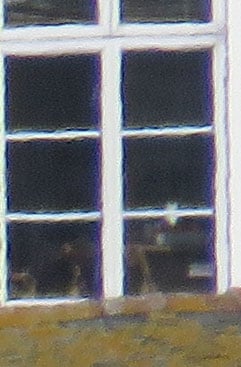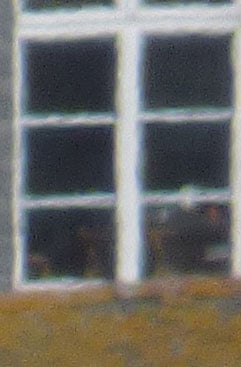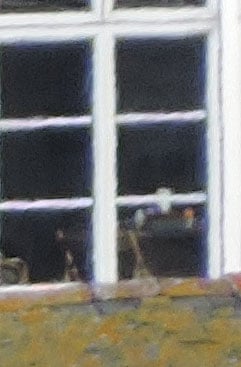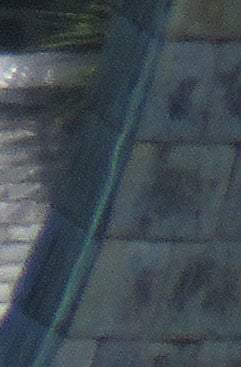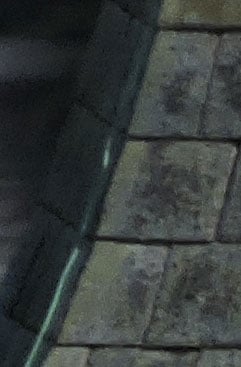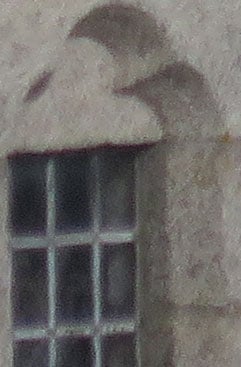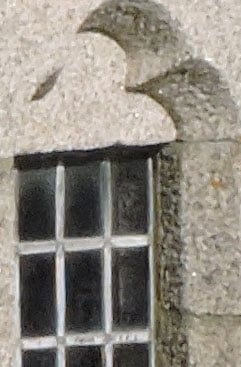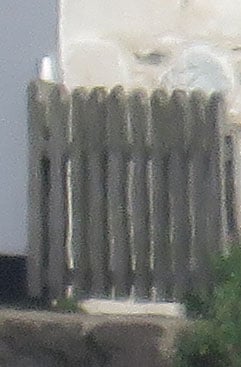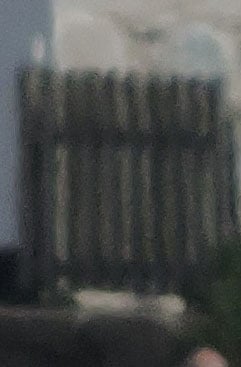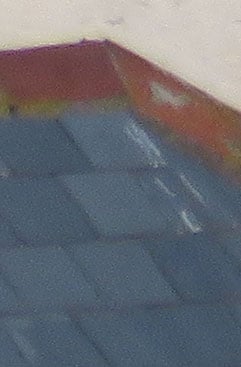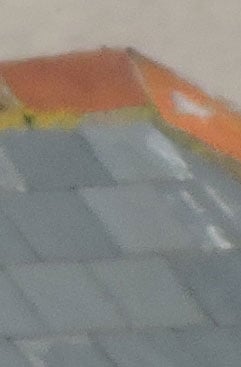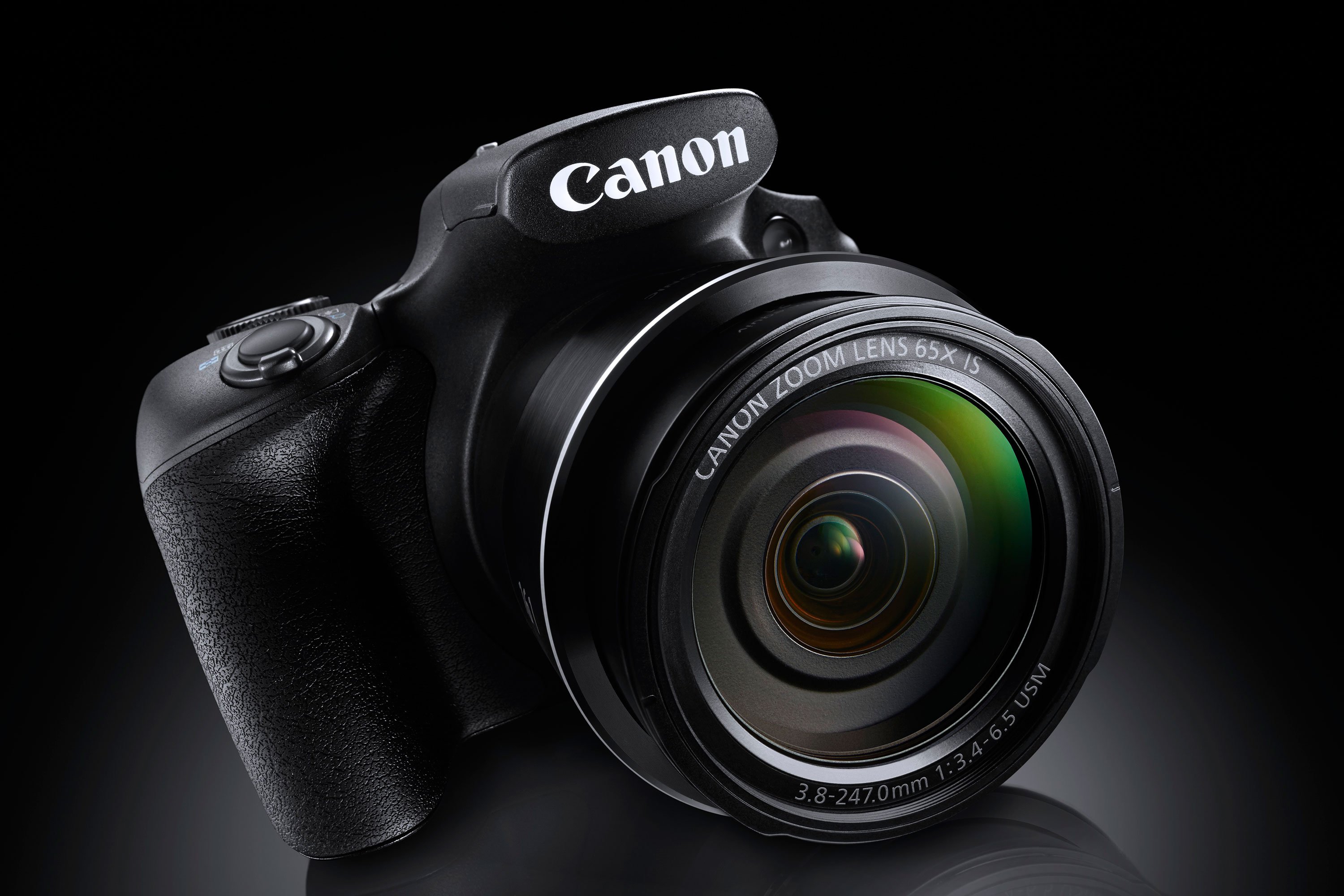
Canon SX60 HS review
-
-
Written by Gordon Laing
Quality
Canon SX60 HS vs Lumix FZ72 / FZ70 vs Nikon P600 JPEG quality
To compare real-life performance I shot this scene with the Canon PowerShot SX60 HS, Lumix FZ72 / FZ70 and the Nikon COOLPIX P600 within a few moments of each other using their best quality JPEG settings.
The PowerShot SX60 HS and Lumix FZ72 / FZ70 were zoomed in a little to match the 24mm equivalent wide angle on the COOLPIX P600. The cameras were set to Aperture priority mode and f4 selected which produced the best results. The COOLPIX P600 closes the aperture in 0.3EV increments from the widest avaiable option (f3.3 at the widest setting) so I chose f3.8 as the closest to f4.
For this test the cameras were mounted on a tripod and image stabilisation was disabled. The ISO sensitivity was manually set to the lowest available setting and all other settings were left on the defaults.
I also shot this in RAW and will present RAW results once the SX60 HS is supported by Adobe Camera RAW.
Results from the SX60 HS just inside of its maximium wide angle are on the whole pretty good. The first crop from the left hand edge of the frame is a little soft, but the edges on details like the window frames are quite clean, there’s no distortion and no colour fringing. The second crop from close to the middle of the frame shows a good level of detail for a compact sensor. It’s too much to expect to be able to tell the time on the clock, and the finer detail in the stonework and roof tiles isn’t quite being resolved, but the definition is good enough to pick out the castellations on the top of the church tower, the detail in the window and the cars parked on the quay in the background.The image above was taken with the Canon PowerShot SX60 HS. The camera was set to Aperture priority mode and at f4 with the sensitivity manually set to the base 100 ISO setting the SX60 HS selected a shutter speed of 1/1000. The Lumix FZ72 / FZ70 was also set to f4 and, also at 100 ISO, metered the same 1/1000 exposure. Also set to 100 ISO, the Nikon COOLPIX P600 metered 1/1000 at f3.8. As usual the crops are taken from the areas marked in red above.
The lighthouse crop is promising. These shots were taken on a clear breezy day with little atmospheric haze and the SX60’s lens and sensor have made the most of the opportunity. The lighthouse is a cleanly defined white column and you can just about make out the lamphouse on top. There’s also detail to be seen in the rocks on which it stands, but not the cliffs behind, so there was some haze after all. The final crop from the right side of the frame is distortion and aberration free, though the detail here does look a little noisy and looking back over the other crops the same slight granularity is present in all of them, though it’s less visible than in this last crop.
Compared with the crops from the Lumix FZ72 / FZ70, the SX60 HS crops hold up pretty well. Fast moving cloud has cast the first crop area into shadow, but the Lumix FZ72 / FZ70 crop looks a tiny bit sharper to me. There’s very little between them judging from the next two crops though. There’s an almost identical level of detail in the church tower as well as the foreground roofs, but again, in this crop and the lighthouse one I think the edge definition is just a bit crisper. The fourth crop from the Lumix FZ72 / FZ70 looks a little bit softer and there’s a hint of colour fringing, but overall, at this focal length, it’s close, but the FZ72 / FZ70 is just ahead on sharpness.
It’s an even closer contest between the COOLPIX P600 and SX60 HS. There’s not much of a difference in the first or second crop, with both sensors delivering a similar amount of detail. I reckon the COOLPIX P600 has made a slightly better job of the lighthouse, but the final crop is softer than the one from the SX60 HS. So on balance, there’s not much, if anything in it, at this focal length at least.
Scroll down the page to see how these models compare when zoomed in to 350mm, and 1200mm equivalent focal lengths, or to see how they compare at higher sensitivities check out my Canon SX60 HS noise results.
Canon SX60 HS | Lumix FZ72 / FZ70 | Nikon P600 | ||
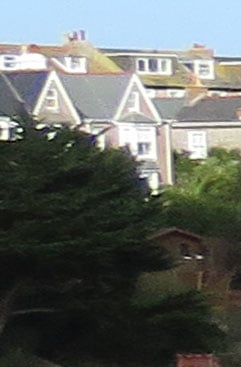 | 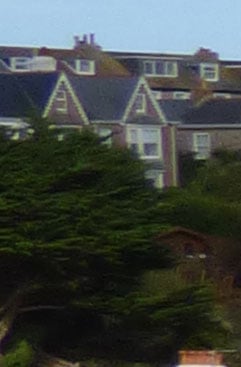 | 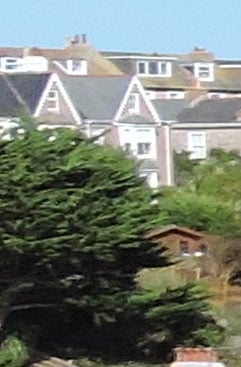 | ||
f4, 100 ISO | f4, 100 ISO | f3.8, 100 ISO | ||
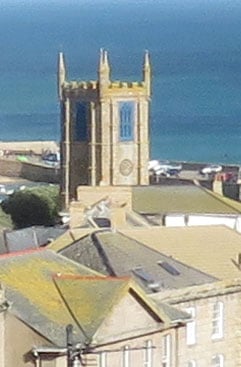 | 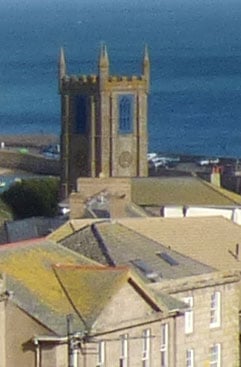 | 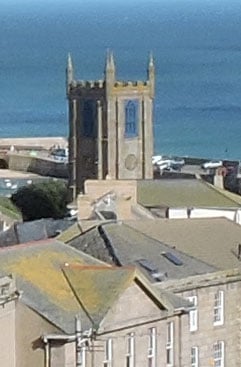 | ||
f4, 100 ISO | f4, 100 ISO | f3.8, 100 ISO | ||
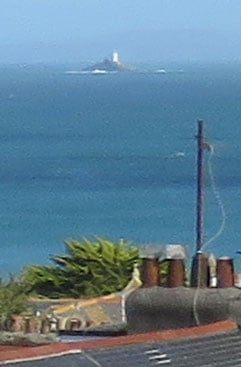 | 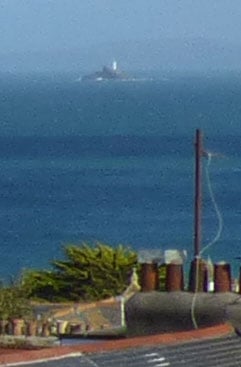 | 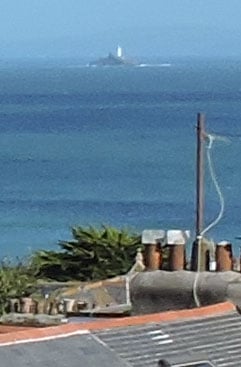 | ||
f4, 100 ISO | f4, 100 ISO | f3.8, 100 ISO | ||
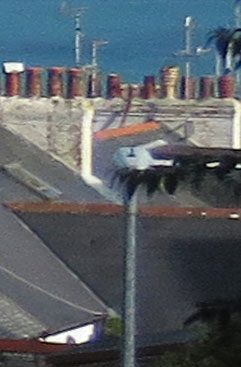 | 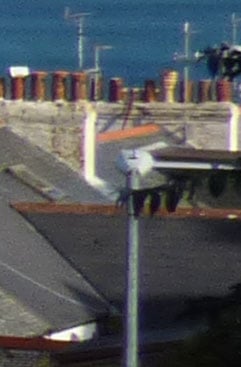 | 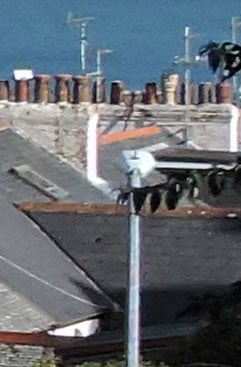 | ||
f4, 100 ISO | f4, 100 ISO | f3.8, 100 ISO |
Canon SX60 HS vs Lumix FZ72 / FZ70 vs Nikon P600 JPEG Quality at approx 350mm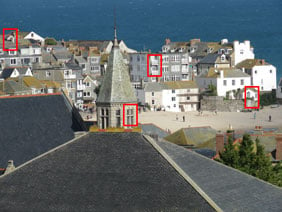 For this next test I zoomed all three cameras in to an equivalent focal length of around 350mm. This time in each case I set the aperture to the largest available setting, which coincidentally was f5.6 on all three models. As usual the crops are taken from the red areas marked opposite. Going from left to right across the frame, crops one and four are from the frame edges with crops two and three from close to the centre of the frame. The quality of the two edge crops is very similar, as before, there’s little evidence of distortion and only the barest hint of colour fringing. However, the detail in these crops looks a little clumpy and the finer detail is obscured. This clumpiness is almost entirely absent from the middle crops which are sharper and more detailed. This is particularly true of the second crop which has nice crisp edges and a good level of detail in the window lattice and stonework. There’s a little bit of uncorrected chromatic aberration in the third crop and the window frames are a bit wobbly, but the edges on the vertical balocony rails are nice and clean. To sum up, great results from the middle of the frame, less impressive at the edges. The Lumix FZ72 / FZ70 crops look a little soft here by comparison with those from the SX60 HS. It’s less noticeable in the second crop than the others, but all the Lumix crops are softer to some degree, more so at the edges than in the centre of the frame. The first crop from the COOLPIX P600 is also quite a bit softer, as are the others. In fact, the COOLPIX P600 and Lumix FZ72 / FZ70 crops are pretty closely matched at this focal length. So a clear win for the Canon PowerShot SX60 HS with slightly sharper results across the board. Scroll down for more comparisons at longer focal lengths, or skip to my SX60 HS noise results or final verdict.
Canon SX60 HS vs Lumix FZ72 / FZ70 vs Nikon P600 JPEG Quality at approx 1200mm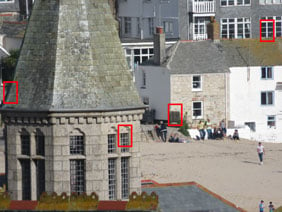 For this next test I zoomed the Lumix FZ72 / FZ70 to its maximum 1200mm equaivalent focal length and matched the angle of view on the SX60 HS and COOLPIX P600. As before, I set the maximum available aperture, F6.3, f5.9 and f6 on the SX60 HS FZ72 / FZ70 and COOLPIX P600 respectively. As before, the crops are taken from the areas indicated by the red rectangles opposite. At 1200mm the crops from the SX60 HS all have a clumpy look to them which is mostly due to atmospheric disturbances in the air between the subject and the lens – you can see it in the crops from the other two models as well. Having said that, all three sets of crops were taken within a few minutes of each other, so the conditions were the same, yet there are differences in the quality, albeit fairly minor ones. On the whole, the SX60 HS performs well at this focal length, the harshest criticism that can be laid at its door is the quite severe colour fringing in the final crop. By comparison the Lumix FZ72 / FZ70 crops are, once again, all softer to a greater or lesser degree. In particular the last two crops from the FZ72 / FZ70 are very soft. The COOLPIX P600 gets off to a great start at this focal length with two crops that I think are sharper and more detailed than those from the SX60 HS. The final two are softer though, so overall I’d call it a draw. Taking all the above results together, I think it’s fair to say that the PowerShot SX60 HS performs marginally better than the Lumix FZ72 / FZ70, but you’d need to be pixel peeping the 100 percent crops to be able to come to that conclusion. And the gap between the SX60 HS and the COOLPIX P600 is even narrower, with one or the other producing marginally better or worse results depending on the focal length. There’s one final test still to come in which I compared the PowerShot SX60 HS and the COOLPIX P600 at their maximum telephoto range. Scroll down or skip to my SX60 HS noise results or final verdict.
Canon SX60 HS Nikon P600 JPEG Quality at 1365mm and 1440mm respectively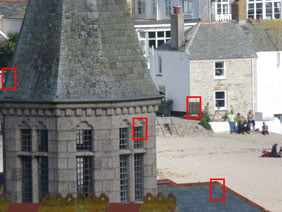 For my final test I zoomed the PowerShot SX60 HS and the COOLPIX P600 to their maximum telephoto zoom ranges, that’s 1365mm for the SX60 HS and 1440mm for the COOLPIX P600. Because its maximum focal length is a little longer than the SX60 HS, the COOLPIX P600 crops show a slightly smaller area with larger detail, but it’s nonetheless a comparison worth making. As usual, both cameras were set to aperture priority and the maximum available aperture chosen, f6.5 in both cases. The crops are taken from the areas marked in red opposite. What this final set of results shows is that, at their maximum telephoto ranges the SX60 HS and COOLPIX P600 behave very similarly to the 1200mm equivalent shown in the table above. So the COOLPIX P600 starts out impressively with nice clean crops with reasonably sharp edges and a good level of detail – a visible improvement on the results from the SX60 HS opposite. As before, the final two crops from the COOLPIX P600 are softer. At these long focal lengths shallow depth of field can’t be ruled out, though both models were focused on the same area and the SX60 HS has kept everything sharp at the same aperture. Now head to my SX60 HS noise results or final verdict.
|
Canon SX60 HS vs Lumix FZ72 / FZ70 vs Nikon P600 JPEG noise
To compare noise levels under real-life conditions, I shot this scene with the Canon PowerShot SX60 HS, the Lumix FZ72 / FZ70 and the Nikon COOLPIX P600 within a few moments of each other using their best quality JPEG settings at each of their ISO sensitivity settings.
The PowerShot SX60 HS and Lumix FZ72 / FZ70 were zoomed in to match the 24mm equivalent wide angle on the COOLPIX P600.
I also shot this in RAW and will present RAW results once the SX60 HS is supported by Adobe Camera RAW.
The cameras were set to Aperture priority mode and f4 selected which produced the best results. The COOLPIX P600 closes the aperture in 0.3EV increments from the widest available option (f3.3 at the widest setting) so I chose f3.8 as the closest to f4. For this test the cameras were mounted on a tripod and image stabilisation was disabled. All other settings were left on the defaults.
The image above was taken with the Canon PowerShot SX60 HS. The SX60 HS was set to Aperture Priority mode and at its base 100 ISO sensitivity setting with the aperture set to f4 metered a shutter speed of 0.8s. The Lumix FZ72 / FZ70 metered 0.8s at f4 and 100 ISO and the Nikon COOLPIX P600 1.3s at f3.8 and 100 ISO.
The PowerShot SX60 HS gets off to a good start with a 100 ISO crop that isn’t noise free, but looks clean and has a good level of detail with well-defined edges. The texture of the noise is quite fine so it doesn’t break up the finer detail and isn’t therefore as intrusive as it might be. At 200 ISO there’s a noticeable hike in the noise levels, there’s noise texture visible across the crop and some of the finer detail is looking bitty.
The same thing happens at 400 ISO, the increase in noise is fairly linear up to now, so while the level rises visibly with each 1EV increase in sensitivity, there are no surprises, there’s no level at which things go from acceptable to awful. And at 800 ISO it’s another linear step up the noise ramp. By now the cumulative effect is enough to interfere with mid sized detail and the label at the top of the Hymn board is becoming difficult to read. The suppression is still doing a good job though and the detail hasn’t become unacceptably soft or smeared.
At 1600 ISO the 100 percent crop is looking very grainy. Even at smaller sizes it’s now possible to spot the disappearance of finer detail in this shot, though you have to go to 3200 ISO to see the dynamic range reduce, even then, the colour still looks good. Of course if you’re viewing on a large screen or making big prints it will be an issue.
Compared with the Lumix FZ72 / FZ70, I’d hesitate to say there’s much difference at any of the sensitivity settings. Yes, the FZ72 / FZ70 crops are a tiny bit softer, but I can’t see any real difference in noise levels at any of the ISO settings. The COOLPIX P600 crops look a little bit harsher. There’s not much of a difference in the 100 ISO crops, but by 400 ISO the COOLPIX crop is a little clumpier. Possibly it’s slightly more contrasty and a little sharper, but I don’t think it’s necesarily noisier or any less detailed, it’s a qualitative difference.
The COOLPIX P600 goes one step beyond the SX60 HS and Lumix FZ72 / FZ70 with a 6400 ISO setting which is more noise than image data, but always good to have for emergencies. Rather than simply carry on regardless, both the SX60 HS and FZ72 / FZ70 offer stacking modes which set the sensitivity automaticaly. In this case the SX60 HS’s Handheld NighScene mode picked 1600 ISO while Handheld Night Shot on the FZ72 / FZ70 picked 400 ISO making a comparison impossible. All the same they give you a good idea of what these scene modes can do in similar lighting conditions.
Now you can check out my Canon SX60 HS sample images to see some more real-life shots in a variety of conditions, or head straight for my verdict.
Canon SX60 HS | Lumix FZ72 / FZ70 | Nikon P600 | ||
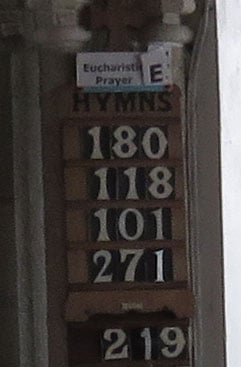 | 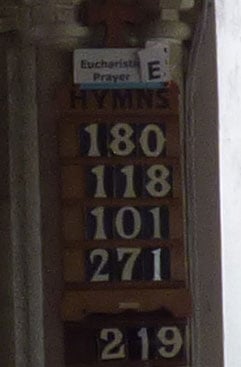 | 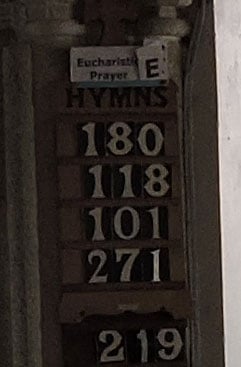 | ||
100 ISO | 100 ISO | 100 ISO | ||
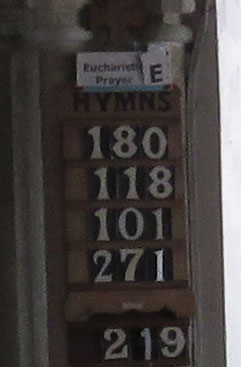 | 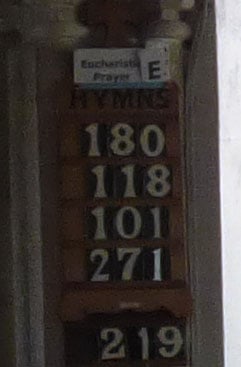 | 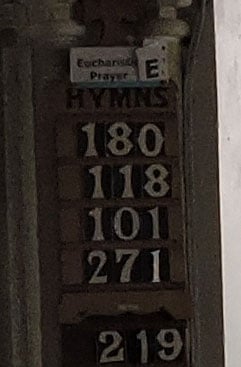 | ||
200 ISO | 200 ISO | 200 ISO | ||
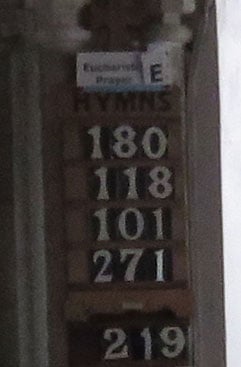 | 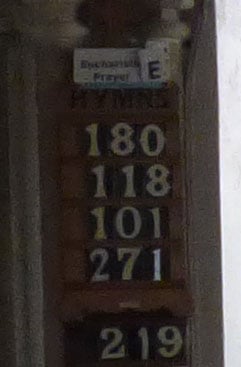 | 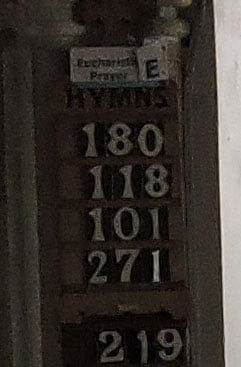 | ||
400 ISO | 400 ISO | 400 ISO | ||
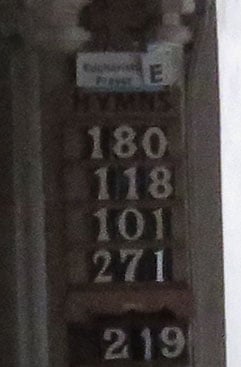 | 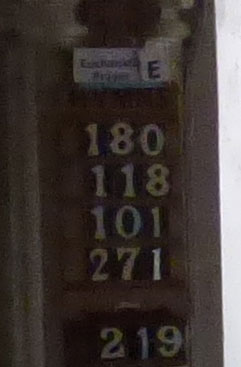 | 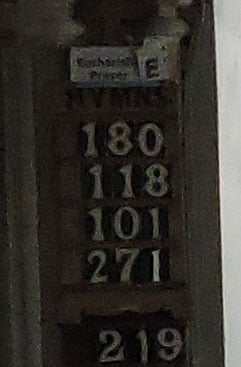 | ||
800 ISO | 800 ISO | 800 ISO | ||
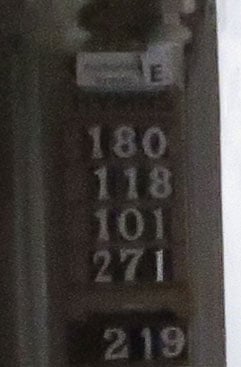 | 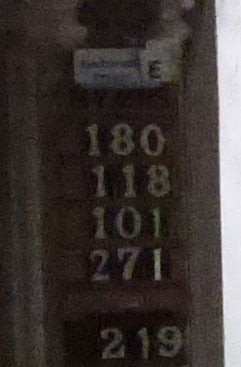 | 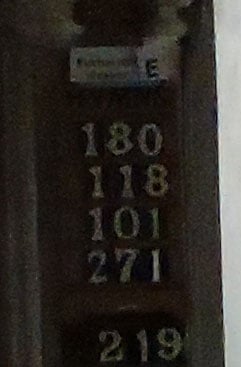 | ||
1600 ISO | 1600 ISO | 1600 ISO | ||
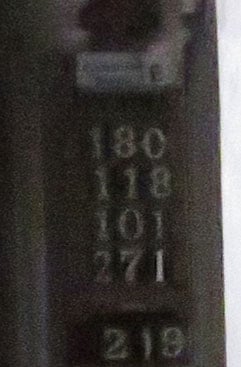 | 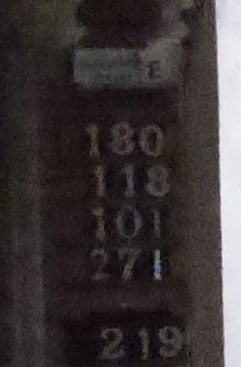 | 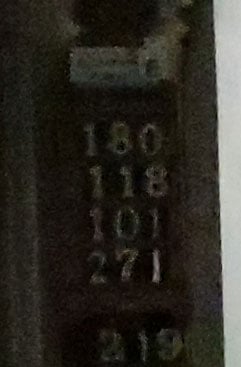 | ||
3200 ISO | 3200 ISO | 3200 ISO | ||
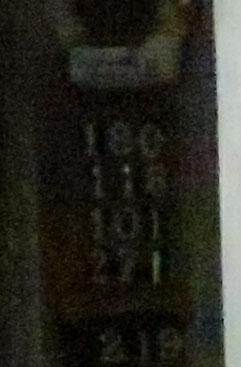 | ||||
6400 ISO Not available | 6400 ISO Not available | 6400 ISO | ||
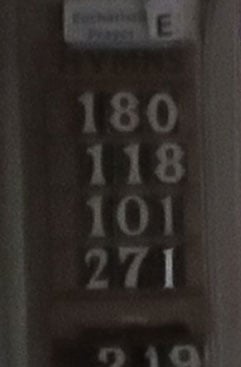 | 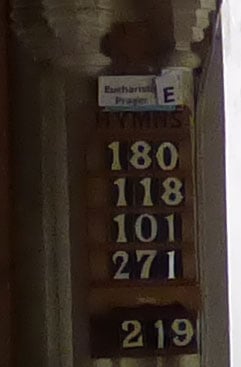 | |||
Handheld NightScene 1600 ISO | Handheld Night Shot 400 ISO | Not available |
